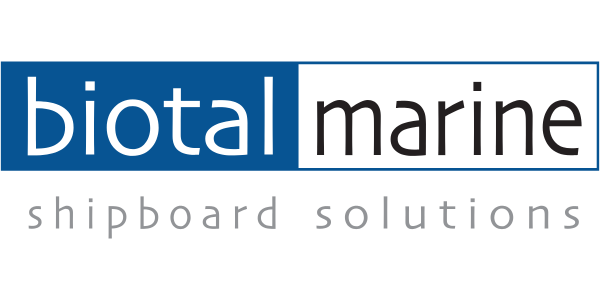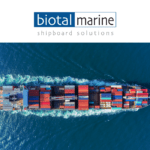Biotal GT 3000 is custom-designed for use in galley sinks, scuppers and associated pipework.
Biotal GT 3000 contains specially selected bacterial cultures with high enzyme production for rapid breakdown of food wastes. These particular strains are proven to degrade a wide range of fats and greases completely down to carbon dioxide and water.
The eco-benign® chemistry present in Biotal GT 3000 enhances the action of the bacteria and the very high bacteria specification provides maximum effectiveness in this tough environment.
The bacteria present in the product will form a bio-film on the inside of the pipes which provides protection against extremes of temperature and pH, the system is therefore operating constantly in a wide range of pH and temperature environments
Biotal GT 3000 has a long product shelf-life and is designed for automatic dosing so results are achieved with minimum engineer input.
Available in:
10 Litre pails
Applications:
Manual pot washing sink
Rinsing station
Advantages
Reduces the requirement and frequency of mechanical treatment to unblock drains or empty grease traps due to grease build-up
Provides rapid control of odours from the drains within the galley
Non-caustic and non-corrosive
If grey water is being treated in a sewage treatment plant, grease is partially degraded by the time it reaches the plant, reducing the potential for system overload
Directions for use
Try to locate the main source of the fats: this may be a manual pot washing sink or rinsing station within the galley.
It is recommended to dose 150ml per day of the Biotal GT3000 product directly up stream of this point, using a timer and peristaltic pump. A 10 litre container will require changing every 60 days.
Ideally the dosing should be timed to occur during a period when the galley is largely inactive.
Do not dose the product too close to a dishwasher outlet as the high temperature and high pH dishwasher discharge can have a negative effect on the biological action of the product.
Regulatory environment
Many people believe that grey water, i.e. that coming from the galley, baths, sinks, showers and laundries is unregulated under the International Convention for the Prevention of Pollution from Ships(MARPOL). However, the issue of greywater is being considered actively by the Marine Environment Protection Committee(MEPC) and at the 63rd Session in 2012, for example, several preliminary conclusions were made suggesting that Annex IV should be interpreted to cover waste waters of all types, including grey water. Thus a futureproof and 100% compliant interpretation of Annex IV is that grey water should be treated like sewage as ‘waste water’ and so if not treated or comminuted and disinfected it has to be discharged at a distance of more than 12 nautical miles from the nearest land.
Depending on the type of vessel and the routes sailed, a number of on-board management steps relating to grey water may be required.



